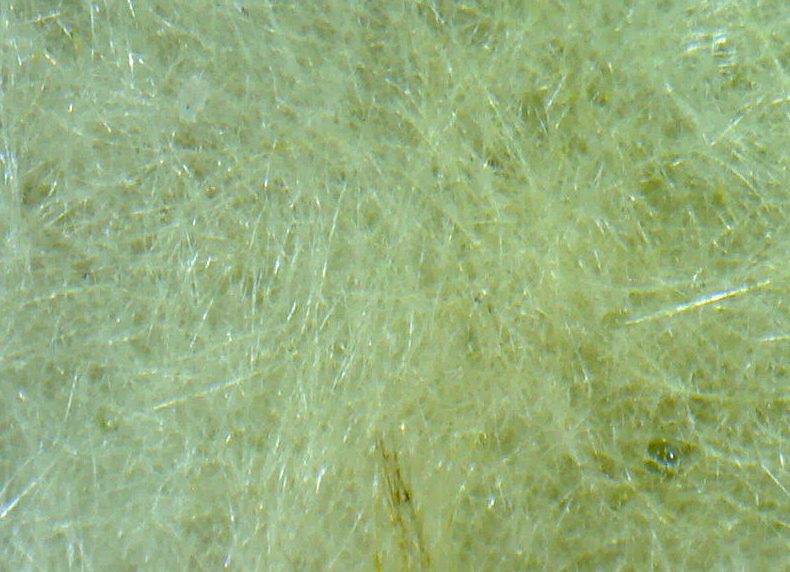If you want to learn how to start seeds in Rockwool, you have three steps to understand. Rockwool is a popular growing medium, especially for hydroponics. Therefore, it’s not surprising that one wants to know how to use it to their advantage in germinating seeds.
In addition to starting seeds in the greenhouse to encourage germination, using Rockwool as the medium for them can be useful because of its excellent moisture retention. Remember that one of the factors that one must nail to ensure sprouting is providing moisture without overwatering that can dampen and kill the seeds. Rockwool will not create a waterlogged environment for the seeds, but it won’t dry them as well.

How To Start Seeds In Rockwool Successfully
Step #1. Preparation
Being a soil-less growing media, you can expect to prepare the Rockwool cubes first before sowing the seeds in them. For example, it’s worth noting that this media has a pH of around 7 to 8, which is high for seeds. You can adjust the cubes’ pH levels by soaking them in water, and this should result in a level between 5.5 to 6.5, which is more appropriate for seed germination.
Use slightly acidic water to do so, or make one using water and lemon juice. A solution around 5.5 to 6.5 pH would be ideal, and you can use a pH test strip to achieve this. Once you have the slightly acidic water, soak the cubes in it for at least an hour.
Step #2. Planting
After an hour, you can use the cubes and plant the seeds at their top and pinch the hole close. You should find the hole and place two seeds inside or use an object to comfortably press the seeds down to the bottom of this hole. After planting, add more moisture using a hydroponic nutrient solution to encourage germination and transplant once you have 3-inch tall seedlings.
Step #3. Maintenance
As mentioned earlier, the main advantage of starting seeds in Rockwool is that it provides moisture at the ideal rate. Without the danger of drying or overwatering, the water should promote germination by activating the seed’s enzymatic reaction. However, you still need to do the necessary maintenance practices to ensure success.
Encourage germination
For example, the greenhouse is a suitable environment for hydroponic systems because you can control the internal conditions. This is especially useful for starting plants that are more challenging because they haven’t established themselves yet. Those who start seeds in Rockwall cubes can place them somewhere between 70 to 80°F and inside a humidity dome to create an ideal sprouting environment.
Encourage seedling development
The maintenance practices at this point involve misting when the cubes start to dry out. Be mindful not to overwater the cubes or accidentally allowing it to dry out. Once you notice sprouting, depending on the plants you’re growing, remove the dome and place the cubes under grow lights to support development further.
Much like in starting seeds in pots, you want to thin the plants so that only the healthiest remains per cube. This could also be the taller plant, and you can cut off the shorter one. You don’t need to pull out the undesirable plant because you run the risk of dislodging the preferred one at the cube.
How To Transplant From Hydroponics To Soil
Starting seeds in a soil-less medium and transplanting the plant to soil is common among growers. However, you have to be mindful of this practice to avoid transplant shock and other potential problems. For example, where should you plant the transplants?
Transplant preparation before soil planting
You can use a large pot to anticipate the root system of the transplants. Allocate a space of around 4 inches to ensure that they have room for their roots. Fill this with a growing medium like a soil-less peat mixture.
This will act as an environment for the plants before being directly in the soil. After planting, you must add a nutrient solution to help the plants adjust. It’s also vital to water them immediately to reduce the risk of shock.
Wait for a week to cut back on watering and check your calendar if you can transplant outdoors.
Hardening and transplant shock
More so, don’t forget the importance of hardening the plants gently before permanently planting them outside. If you notice withering of leaves and stems, this can be a sign of transplant shock. You can water the plants to help them and trim it to at least one third to strengthen their roots.
Conclusion
With extensive knowledge of various mediums, one shouldn’t feel intimidated by growing plants from seeds. If you know how to start seeds in Rockwool and have a greenhouse, you don’t risk encountering common germination drawbacks from low moisture availability and unstable environments. The key is preparing the cubes first by adjusting their pH level and placing them in the greenhouse to encourage sprouting further.
Much like growing seeds in other mediums, you must maintain soil moisture by misting and using a humidity dome. You can also adjust the temperature in the greenhouse and wait for seedlings to develop. At this point, wait for the plants to reach an ideal height for transplanting, and you should have vigorous plants from Rockwool.
